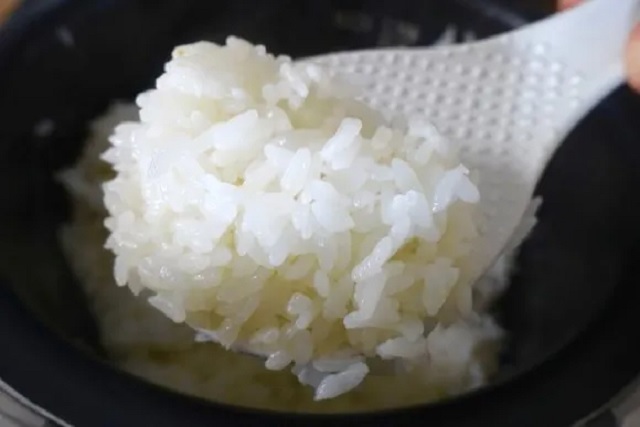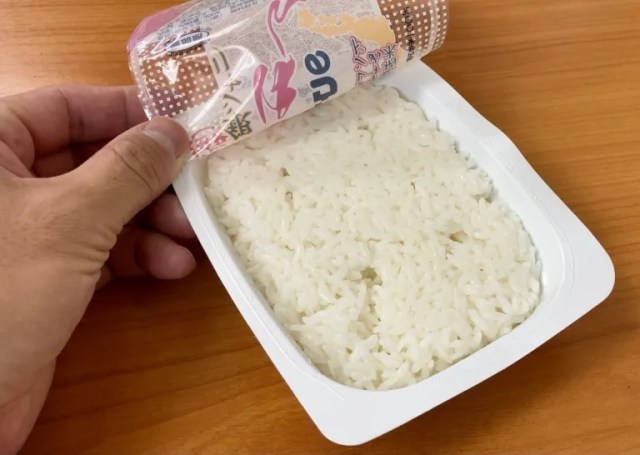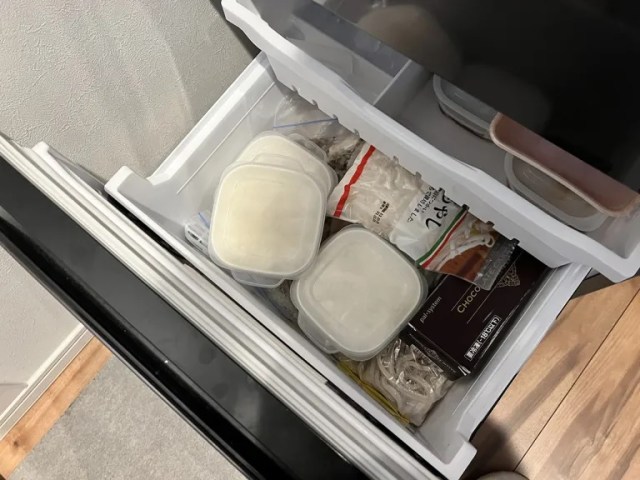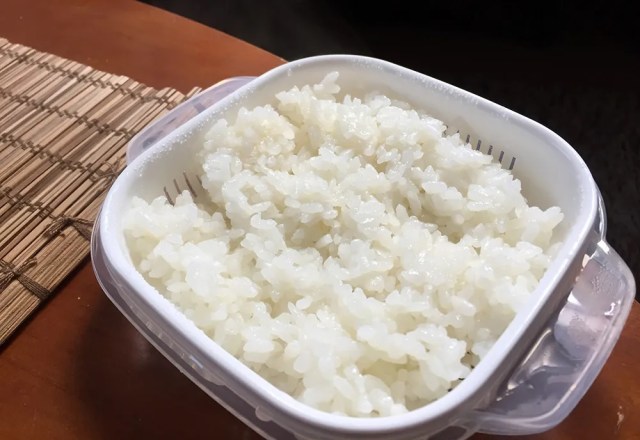
”Pack rice” and frozen rice leftovers can both save you time, but how much money does the cheaper option save you?
Rice is the cornerstone of the Japanese diet, a versatile and healthy staple that pairs with all sorts of side dishes. There’s a drawback, though, in that cooking an entire pot of rice takes a fair amount of time.
Even with a rice cooker on high-speed setting, you’re looking at around 30 to 40 minutes, which is more time than anyone wants to wait when their stomach is growling. Thankfully for those with more appetite than time, supermarkets and convenience stores in Japan also sell “pack rice” (pakku gohan in Japanese), vacuum-sealed trays of rice that you can warm up in the microwave in just two minutes.
▼ Pack rice

But there’s another way to have a piping hot bowl of white rice ready to go in just minutes…kind of. You can cook a pot of rice in your rice cooker, then put the leftovers in airtight containers or wrap them in plastic wrap, stick them in the freezer, and reheat them in the microwave the next time you want a serving of rice. Granted, you’ll still have to spend the time cooking the pot of rice to begin with, but for the subsequent meals, it’ll be as quick and easy as heating up pack rice.
▼ Stay cool, frozen rice containers. We’ll see you again at dinnertime.

So the question becomes which method to choose, and a big factor is which is cheaper, store-bought pack rice or self-made frozen rice? To find out, Japanese internet portal Financial Field crunched some numbers. The simulation assumes that you’ve got someone eating three 180-gram (6.3-ounce) servings of rice a day, one for breakfast, lunch, and dinner, and tries to take into account the total expenses involved with each method.
Starting with pack rice, different brands and stores charge different prices, but the scenario uses an estimated cost of 120 yen (US$0.80) per pack, a pretty average price for pack rice. With two minutes of required microwaving time and an electricity bill rate of 30 yen per kilowatt hour, that works out to 1.4 yen per microwave session.
OK, so what about cooking, then freezing, your own rice? Here the math gets more complicated. The simulation starts with a five-kilogram bag of uncooked rice that costs 2,288 yen, a figure from a 2022 Tokyo retail price survey conducted by the Ministry of Internal Affairs and Communications for Koshihikari, a popular strain of rice. However, polished rice become heavier as it cooks and absorbs water, so you only need to use 78 grams of uncooked rice to produce 180 grams of rice to be eaten, according to the Ministry of Agriculture, Forestry and Fisheries. Blending all that together, we arrive at an ingredient cost of 36 yen per eventual 180-gram bowl of edible rice.
Next there’s the electricity cost of the rice cooker to account for, with statistics from the Ministry of Economy, Trade and Industry saying one rice cooker cycle takes 0.158 kilowatt hours, which translates to 4.74 yen in electricity costs. Assuming you’re going to eat one serving or rice immediately after it’s cooked, then put the remaining two in the freezer and microwave them later, you’ve also got two 1.4-yen microwave sessions to add in as well.
Add all those costs up, and it turns out that using a rice cooker and freezing the leftovers is significantly cheaper than popping pack rice in the microwave before every meal.
● 3 servings of pack rice
Ingredients: 360 yen
3 microwave cycles: 4.2 yen
Total: 364.2 yen
● 3 servings of rice cooker and frozen leftover rice
Ingredients: 108 yen
1 rice cooker cycle: 4.74 yen
2 microwave cycles: 2.8 yen
Total: 115.54 yen
By this tally, cooking your own rice and freezing the leftovers is less than half the price, saving you almost 250 yen a day or close to 7,500 yen (US$50) a month. And that’s before getting into a few extra benefits that Financial Field didn’t take into consideration.

For starters, most rice cookers can handle more than three servings of rice at a time. Even if you’re not investing in a big family-sized unit, relatively compact rice cookers can pretty easily make six servings. Recalculating the cook-and-freeze costs above for a batch of six servings (one eaten right away and five frozen) gives us 227.74 yen for six servings, or 113.87 for two. That may not make a huge difference compared to cooking/freezing three servings at a time, but it also means you’re only having to run your rice cooker once every other day, so you’re saving a lot of money without spending all that much time waiting for rice to cook. It’s also worth emphasizing that all of these savings get multiplied if you’re living with other people, such as a roommate, live-in boyfriend/girlfriend, spouse, or kids.
There are, however, some costs associated with cooking your own rice that the simulation doesn’t take into account. Unlike with pack rice, you have to add water when using a rice cooker, and you’ll also be using water, and dish soap, to wash the pot after each cooking session, plus gas to heat the hot water. You’ll also need to buy some plastic containers or wrap for the rice you’re freezing, but those costs seem pretty negligible, what with containers being reusable and available at 100 yen shops. Speaking of containers, if you’re environmentally minded, cooking and freezing your rice will also help you cut down on plastic waste, as pack rice containers are single-use designs.
All that said, on a one-time basis, the difference of a few hundred yen isn’t likely to make or break anyone’s budget. But if you’re making rice a regular part of your diet in Japan, the modest time investment of running your rice cooker once every half dozen rice-inclusive meals or so can really pay off.
Source: Financial Field via Yahoo! Japan News via Jin
Photos ©SoraNews24
● Want to hear about SoraNews24’s latest articles as soon as they’re published? Follow us on Facebook and Twitter!

No hay comentarios:
Publicar un comentario